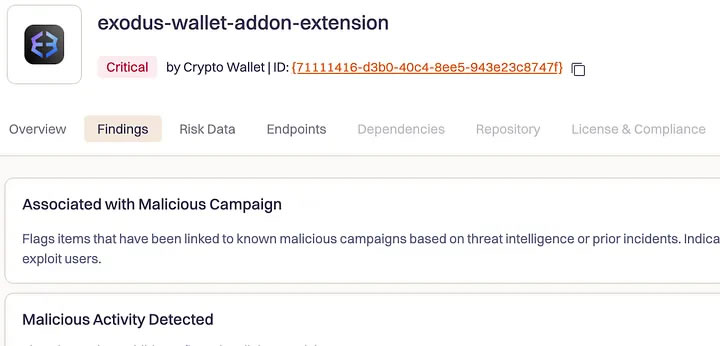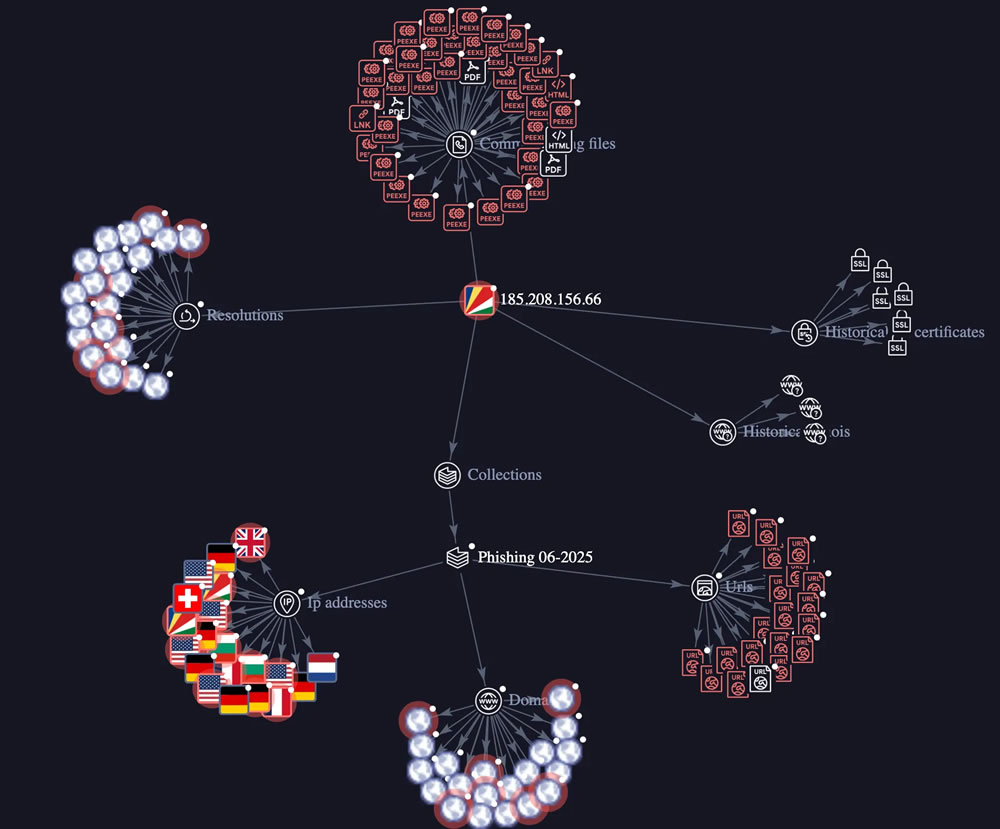The GreedyBear cybercrime group has stolen over $1 million in cryptocurrency through a combination of fake wallet extensions, malware, and scam websites, showcasing a sophisticated approach to crypto theft.
-
Over 650 malicious tools have been identified, targeting crypto wallet users.
-
More than 150 fake browser extensions impersonate popular wallets like MetaMask and TronLink.
-
Advanced malware types, including credential stealers and ransomware, are being deployed.
Discover how the GreedyBear group has redefined crypto theft with over $1 million stolen through complex scams. Stay informed and protect your assets!
| Attack Vector | Details | Impact |
|---|---|---|
| Fake Browser Extensions | Over 150 malicious extensions targeting popular wallets | Over $1 million stolen |
| Crypto-themed Malware | Almost 500 samples identified, including ransomware | Credential theft and financial loss |
| Scam Websites | Slick fake landing pages advertising crypto products | Increased phishing risks |
What is the GreedyBear Cybercrime Group?
The GreedyBear cybercrime group is a malicious entity that has stolen over $1 million in cryptocurrency through a combination of fake wallet extensions, malware, and scam websites. This group has redefined the approach to crypto theft by employing multiple attack vectors.
How Does GreedyBear Operate?
GreedyBear utilizes a trifecta of attack methods: fake browser extensions, crypto-themed malware, and a network of scam websites. This multi-faceted approach allows them to exploit user trust and bypass security measures effectively.
Frequently Asked Questions
What are fake browser extensions?
Fake browser extensions are malicious tools designed to impersonate legitimate crypto wallets, capturing user credentials and stealing funds.
How can users protect themselves from GreedyBear’s attacks?
Users should verify the legitimacy of browser extensions, avoid downloading from untrusted sources, and remain vigilant against phishing attempts.
Key Takeaways
- GreedyBear’s tactics are evolving: The group combines multiple attack methods to maximize their impact.
- Vigilance is crucial: Users must remain cautious and verify the legitimacy of tools they use.
- Cybersecurity measures are essential: Implementing strong security practices can help mitigate risks.
Conclusion
The GreedyBear cybercrime group represents a significant threat to cryptocurrency users, employing sophisticated tactics that exploit user trust. As cybercrime evolves, it is crucial for users to stay informed and adopt robust security measures to protect their assets.

Malicious Exodus Wallet extension. Source: Koi Security

A single IP address controls the campaign. Source: Koi Security